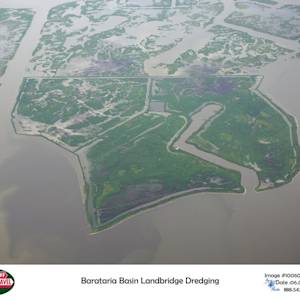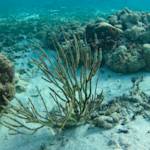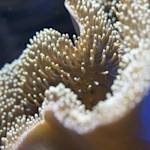The Florida Everglades, largest wetland restoration
2000 CE • Everglades
"Once an expansive and flourishing ecosystem, the Florida Everglades have been a topic of discussion among environmentalists for decades. In its natural state, the Everglades spanned across a third of Florida, with water flowing from the Kissimmee River near Orlando, down through Lake Okeechobee, to the Florida Keys. When development began in the late 1800s, these massive wetlands started being channelized and drained to create livable urban and agricultural lands for the increasing population. By the 1920s, people flocked to South Florida’s new booming cities, prompting further alteration of the Everglades. . . . In 2000, The Comprehensive Everglades Restoration Plan was authorized, making it the largest hydrologic restoration project ever undertaken in the United States. Since then, restoration efforts have continued through federal, state, local, and tribal initiatives. Most recently, the largest ever investment of federal funds for Everglades restoration, nearly $1.1 billion, was provided to the U.S. Army Corps of Engineers’ South Florida Ecosystem Restoration Program to support ongoing projects."
Kassidy Robinson, "Tell Me About: Everglades Restoration," Florida Museum, April 21, 2022.
Image: slack12 via Flickr, CC BY-NC-ND 2.0 DEED Attribution-NonCommercial-NoDerivs 2.0 Generic


Learn about Maya Lin’s fifth and final memorial: a multi-platform science based artwork that presents an ecological history of our world - past, present, and future.

Discover ecological histories and stories of former abundance, loss, and recovery on the map of memory.

Learn how we can reduce our emissions and protect and restore species and habitats – around the world.

See how art can help us rethink the problems we face, and give us hope that each one of us can make a difference.

Help make a global memorial something personal and close to home. Share your stories of the natural world.


